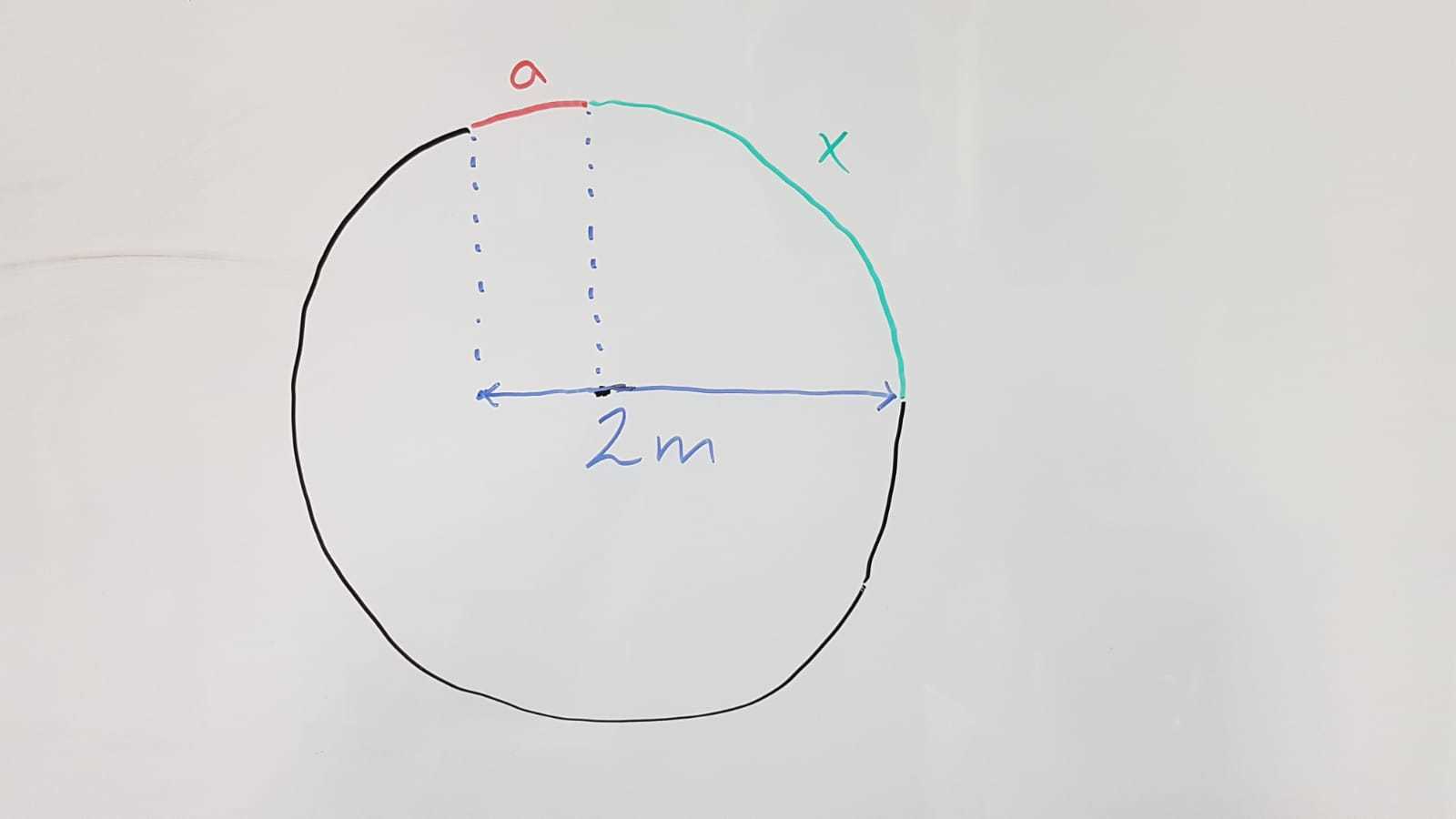Can you find the radius?
Assuming you already know 'a', is it possible to find the value of the radius? How would you do it?

No vote yet
1 vote
Assuming you already know 'a', is it possible to find the value of the radius? How would you do it?

Easy Math Editor
This discussion board is a place to discuss our Daily Challenges and the math and science related to those challenges. Explanations are more than just a solution — they should explain the steps and thinking strategies that you used to obtain the solution. Comments should further the discussion of math and science.
When posting on Brilliant:
*italics*or_italics_**bold**or__bold__paragraph 1
paragraph 2
[example link](https://brilliant.org)> This is a quote# I indented these lines # 4 spaces, and now they show # up as a code block. print "hello world"\(...\)or\[...\]to ensure proper formatting.2 \times 32^{34}a_{i-1}\frac{2}{3}\sqrt{2}\sum_{i=1}^3\sin \theta\boxed{123}Comments
Assume that x represents the arc length of a quarter of a circle.
Draw a non-vertical straight line from the center of the circle to the end-point of the arc length that represents the length of a.
Define θ as the acute angle from this non-vertical straight line and the horizontal line shown.
Use the arc length formula, s=rΘ, we get a=r(2π−θ)⇒θ=2π−ra, where r denotes the radius of the circle.
And by definition, cosθ=r2−r⇒r⋅=sin(ra)cos(2π−ra)=2−r. We are left with a transcendetal (singular variable) equation of r.